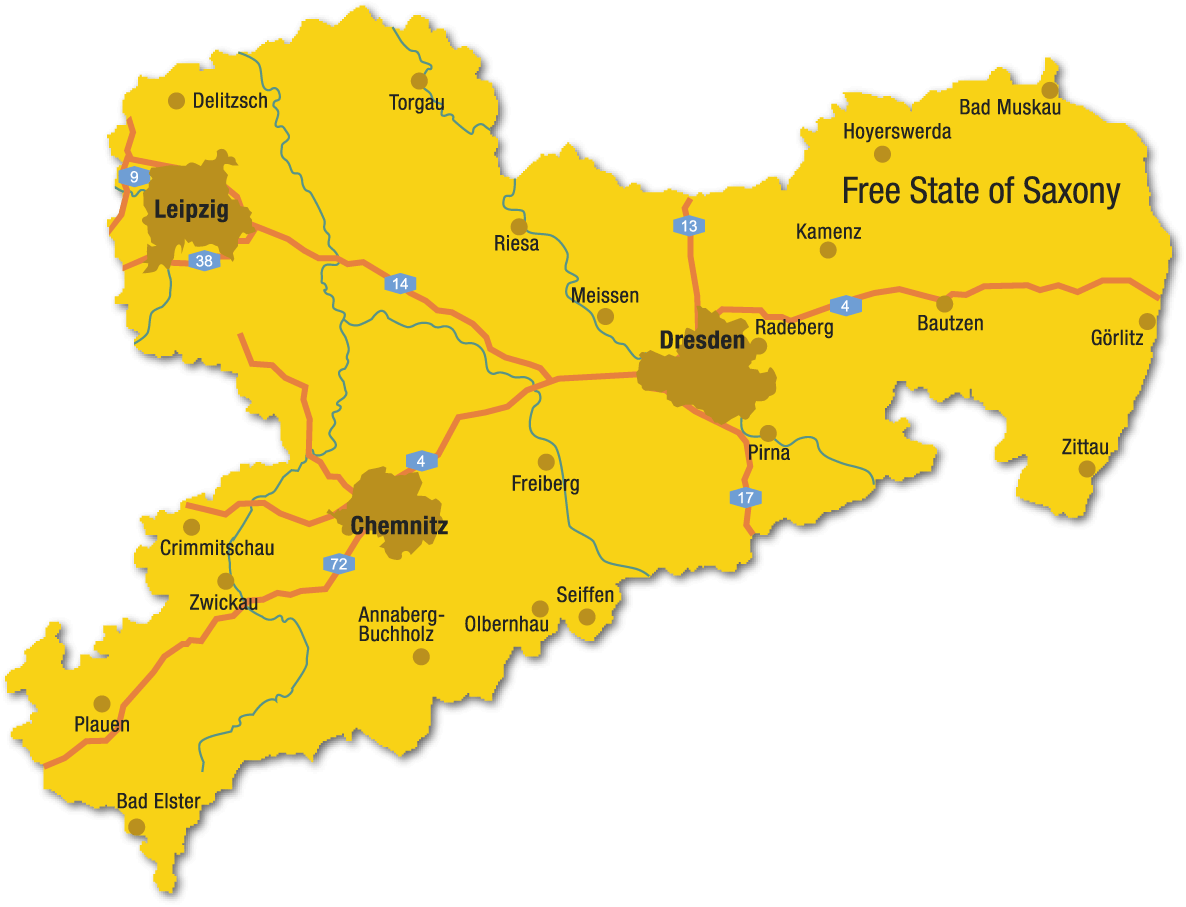The fabled arrival of the Camellia
Legend has it that Swedish botanist Karl Peter Thunberg brought four camellia plants back from his journey to Japan to the Royal Botanic Gardens Kew near London in 1779. One specimen remained in Kew, whereas the other three are said to have been passed on to Hanover, Schoenbrunn and Pillnitz. If that is true, the Pillnitz Camellia would be the only surviving plant. Latest genetic research cannot prove this Thunberg legend, but have unfortunately not yet been able to clarify its genuine origin. But this fact is for sure: in 1801 Court Gardener Terscheck planted the Camellia in the place where it is still today. It is estimated to be 250 years old.
The Camellia in close-up
Meanwhile, the Camellia has reached a height of 8.94 meters and has a diameter of almost 12 meters. During its time of blossom from mid-February to April, tens of thousands of bell-shaped carmine flowers. Visitors can then admire the Camellia from two floors all around the inside of the glasshouse. Offsets of the fabled plant are sold every year during that time – a small, but very special piece to take home from Pillnitz.
Milde climate in the cold season
Since then, the tea plant from Sout-East and East Asia has been protected in winter. In the beginning saved from the cold by sophisticated wood and glass structures, a new, movable protective housing was built in 1992. It controls temperature, ventilation, humidity and shading, is 13.2 meters in diameter/high and weighs 54 tons. When it becomes warmer, the Camellia House is rolled beside the plant.
Pillnitz Palace and Park
August-Böckstiegel-Straße 2 | 01326 Dresden
Property of State Palaces, Castles and Gardens of Saxony, non profit
+49 (0) 351 2613-260
pillnitz@schloesserland-sachsen.de
